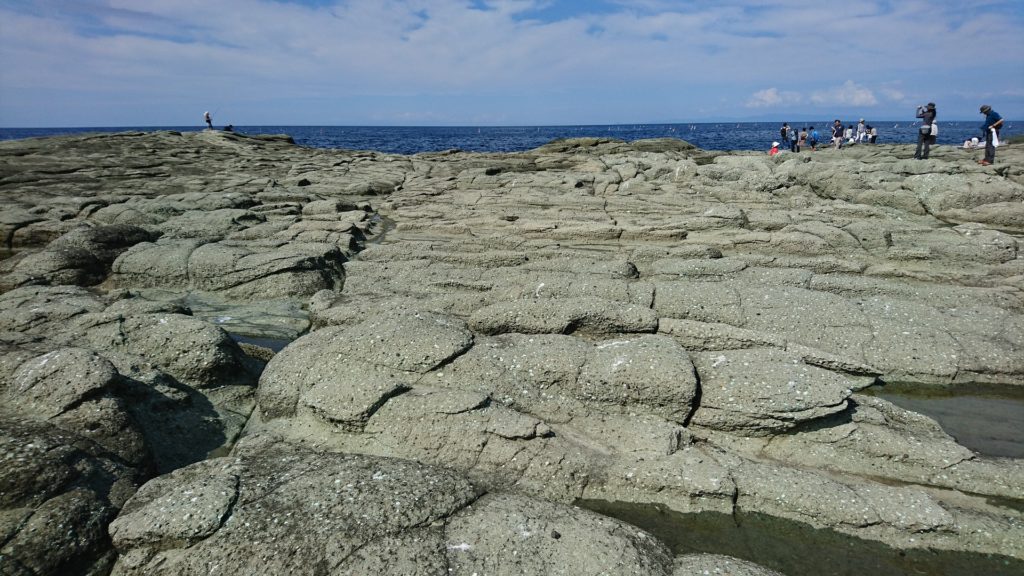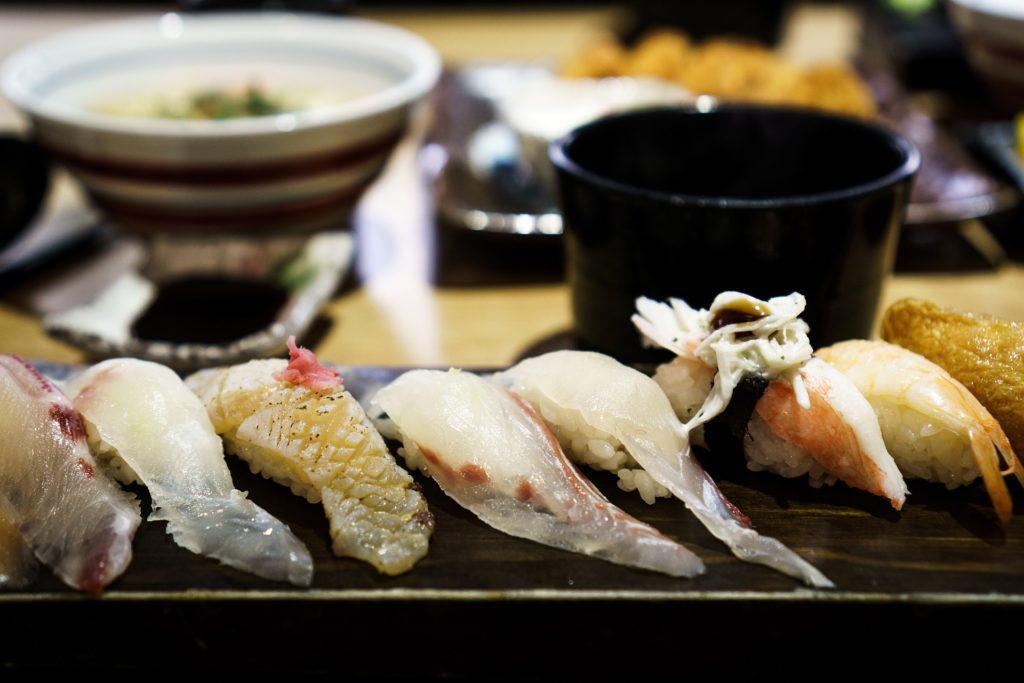The city of Aomori is the capital of Aomori Prefecture, located in Japan’s northern Tohoku region. Back in the day, it served as the primary point of ferry travel from the island of Honshu to the island of Hokkaido. Today, it is best known for its fresh seafood markets, historical sites, and vibrant festivals.

How To Get to Aomori
There are three ways to get to Aomori from other parts of Japan: by air, by train, and by bus.
Every day, Aomori Airport operates several Japan Airlines flights to and from Haneda Airport in Tokyo. The one-way journey takes approximately an hour and twenty minutes, and costs between 15,000 and 34,000 yen.
By train, the travel between Tokyo Station and Shin-Aomori Station via the JR Tohoku Shinkansen takes about three and a half hours, and costs 17,500 yen. And, from Shin-Aomori Station, you must transfer to a limited express or local train to get to Aomori Station.
The cheapest option is by taking a bus, as it only costs less than 6,000 yen. However, the journey is quite long, about 11 hours. Konan Bus, Keikyu Bus, Willer Express, and JR Tohoku Bus offer several trips daily, with daytime and overnight services departing from Tokyo Station and Shinjuku Station. Routes, timetables, fares, reservations, and other information are found on Japan Bus Online.
Top Attractions in Aomori
Furukawa Fish Market
A large public market found in the heart of Aomori, the Furukuwa Fish Market is a haven of seafood, vegetables, and produce.
Also called Aomori Gyosai Centre, it gives visitors the chance to whip up their own seafood bowls, known as nokkedon, by using a variety of freshly caught fish, seaweed, crab, and others of their choice. If you want to try it, you must purchase a ticket that you can exchange for different items sold in the market. Once you have gathered your ingredients, you must eat your nokkedon at the eating areas setup inside the market.
From JR Aomori Station, the fish market is only five minutes away on foot.
Hakkodamaru Ship
Several decades ago, the main method of getting to and from Honshu and Hokkaido is via ferries. During that time, Aomori was the transportation hub where ferries travelling between the two islands depart and arrive.
However, in 1988, after the completion of Seikan Tunnel and the launch of the new railway that links Honshu and Hokkaido, train use started to rise in popularity and fewer people chose to ride ferries.
One of these notable ferry boats is the Hakkodamaru Ship, which is now retired and has been transformed into a museum. Its interior is very much preserved, and offers its guests opportunities to see up close the decks, cabins, engine rooms, and more. It also has photos, models, dioramas, and other historic items on display.
Hours of operation, tickets, and more information are available on Hakkodamaru Memorial Ship’s official website.
To get there, take a five-minute stroll from JR Aomori Station.
Sannai Maruyama Site
If interested in Japan’s prehistoric era, drop by the Sannai Maruyama Site, the country’s largest preserved and complete Jomon Period (an era that started around 13,000 BC up until 300 BC) villages. It was discovered while the land was being surveyed for plans of constructing a baseball field for community use. After the area was unearthed and excavated, it revealed more than 700 buildings and structures, including burial pits, storage rooms, roads, long houses, and garbage pits.
Visitor information is available on the Sannai Maruyama Historical Site’s official website.
From Aomori Station, the archaeological site is a 20-minute bus ride. Get off at the Sannai-Maruyama-iseki-mae stop.
Auga Fish Market
For more fresh seafood to enjoy, visit the Auga Fish Market, which is found in Auga Festival City shopping mall’s basement. It is made up of many rows of stalls and shops that offer a wide selection of fish, crabs, seaweed, shrimps, scallops, octopus, and other seafood. It also has vegetables and cooked dishes available for sale.
Auga Festival City is situated one block away from JR Aomori Station.

Nebuta Matsuri
One of the biggest summer festivals in Aomori Prefecture, Nebuta Matsuri is a fun and colourful spectacle that is held from August 2 to August 7 annually. It is one of Tohoku region’s Three Great Festivals, alongside Sendai’s Tanabata and Akita’s Kanto Matsuri. It features a daily parade of musicians playing huge taiko drums, dancers in beautiful traditional costumes, and two dozen intricately adorned lantern floats. Around the festival venue, you can purchase all sorts of festival-related items and souvenirs.
The daily Nebuta Matsuri parades follow a three-kilometre long loop around downtown Aomori, and it only takes about five minutes from JR Aomori Station to get to the viewing spots.
Nebuta Warasse
If you missed the Nebuta Matsuri on your trip to Aomori, or are visiting Japan in a different month or season, you can still get a good feel of the festival atmosphere by visiting the Nebuta Warasse, a museum that features the historical and cultural importance of the event. The building is composed of various exhibitions, including pictures, musical instruments, costumes, and ornaments from throughout the festival’s three-century-long history.
From JR Aomori Station, the Nebuta Warasse museum is a short five-minute walk away.
Getting Around Aomori
Many of Aomori’s most popular tourist sites are found in the middle of the city, close to the JR Aomori Station, so getting from one to another should be possible on foot.
For spots located farther, such as the Sannai Maruyama Site, the city has a bus network that provides access to it and others.
Weather in Aomori
Like Hokkaido, Aomori gets heavy snowfall in the winter, and temperatures frequently dip below 0 degrees Celsius. In spring and autumn, the days are milder, with temperatures between 8 and 13 degrees, just right for some outdoor sakura and autumn foliage viewing. In the summer, temperatures are usually in the low 20s, with several rainy days in August and September.
